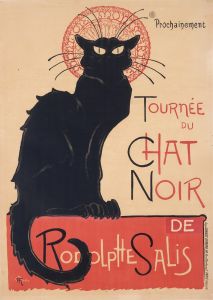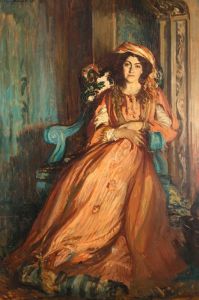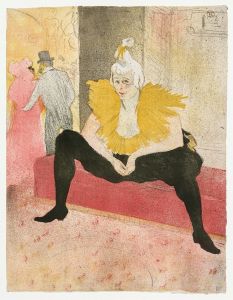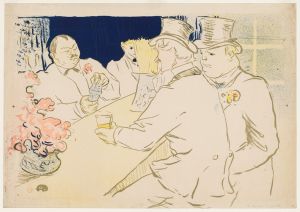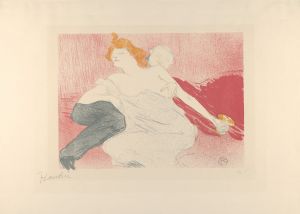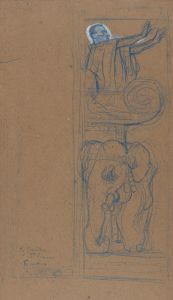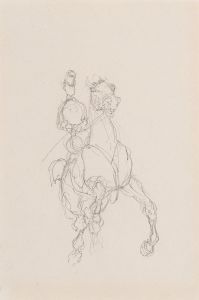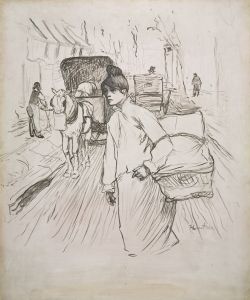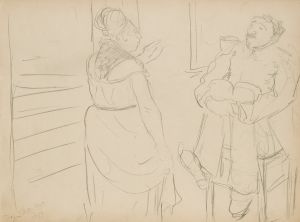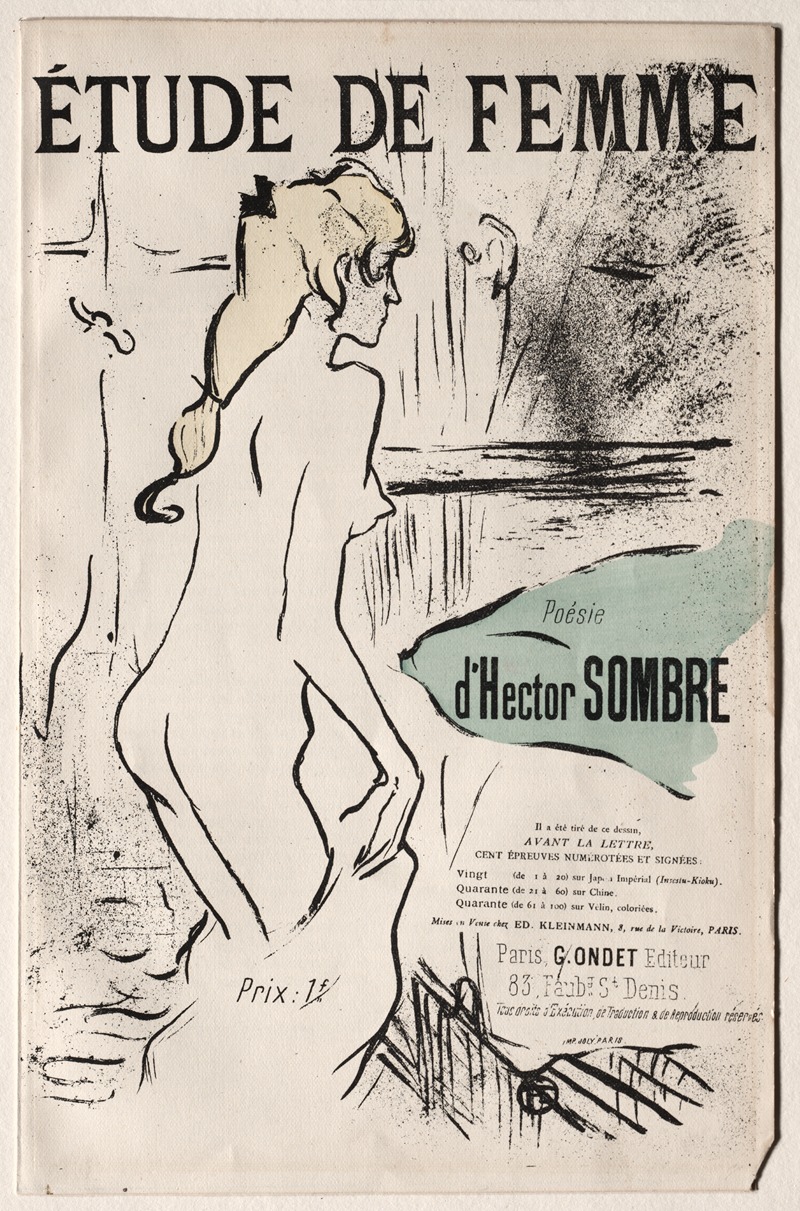
Étude de Femme
A hand-painted replica of Henri de Toulouse-Lautrec’s masterpiece Étude de Femme, meticulously crafted by professional artists to capture the true essence of the original. Each piece is created with museum-quality canvas and rare mineral pigments, carefully painted by experienced artists with delicate brushstrokes and rich, layered colors to perfectly recreate the texture of the original artwork. Unlike machine-printed reproductions, this hand-painted version brings the painting to life, infused with the artist’s emotions and skill in every stroke. Whether for personal collection or home decoration, it instantly elevates the artistic atmosphere of any space.
Henri de Toulouse-Lautrec, a renowned French painter and illustrator, is celebrated for his depictions of Parisian nightlife and his innovative contributions to modern art. Among his extensive body of work, the piece titled Étude de Femme (translated as "Study of a Woman") is one of his many studies that reflect his interest in capturing the human form with immediacy and sensitivity.
Étude de Femme is a work that exemplifies Toulouse-Lautrec's skill in portraying the essence of his subjects with minimal yet expressive lines. The piece is believed to be a study rather than a finished composition, showcasing his focus on the figure's posture, movement, and personality. Like many of his works, it demonstrates his mastery of draftsmanship and his ability to convey emotion and character through subtle details.
Toulouse-Lautrec often drew inspiration from the people around him, including performers, dancers, and everyday individuals in Montmartre, the bohemian district of Paris where he lived and worked. His studies of women, such as Étude de Femme, frequently highlight his interest in the natural, unidealized representation of the human body. This approach was a departure from the more polished and romanticized depictions common in academic art of the time.
The medium of Étude de Femme is likely to be either pencil, charcoal, or another drawing material, as studies by Toulouse-Lautrec were often executed in these media. These preparatory works were sometimes created as exercises or as groundwork for larger compositions. However, many of his studies, including this one, are valued as standalone pieces due to their artistic merit and the insight they provide into his creative process.
While specific details about the date of creation or the identity of the subject in Étude de Femme are not widely documented, the work is consistent with Toulouse-Lautrec's broader oeuvre, which spans the late 19th century. His art is deeply rooted in the cultural and social milieu of fin-de-siècle Paris, a period marked by artistic innovation and a fascination with modern life.
Today, works like Étude de Femme are appreciated for their immediacy and the way they capture fleeting moments with remarkable economy of means. Toulouse-Lautrec's ability to distill the essence of his subjects into a few strokes has cemented his reputation as one of the most influential artists of his time.
No further specific information about Étude de Femme is available.






